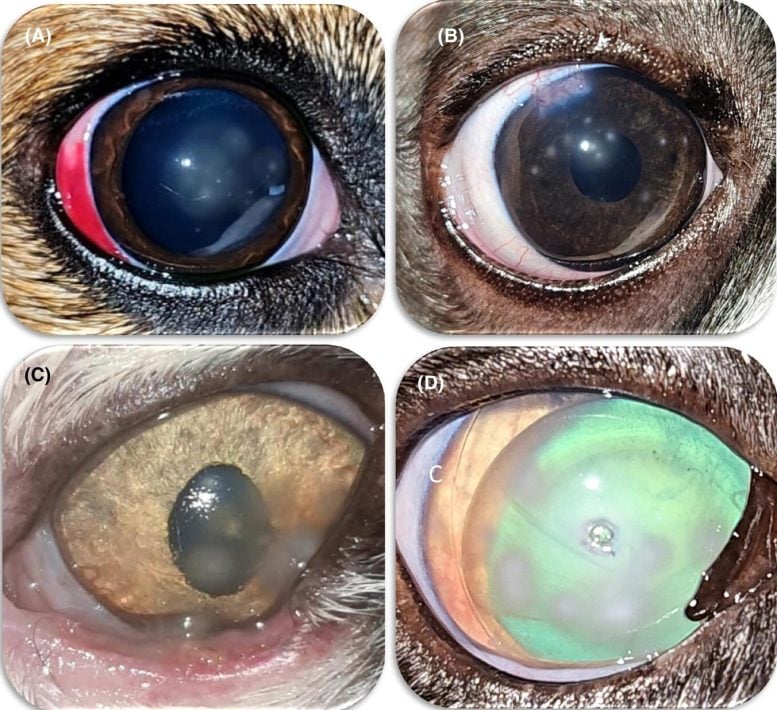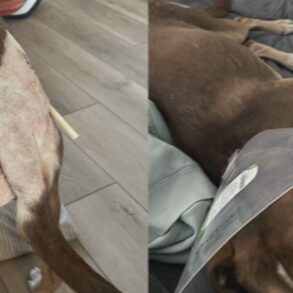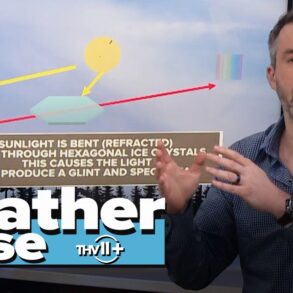
A new study identifies Florida spot keratopathy (FSK) as a stable, benign eye condition in pets and suggests a possible link to little fire ant exposure. Analyzing 100 cases, it also highlights previously unrecognized signs of eye irritation.
A recent study from the Koret School of Veterinary Medicine at Hebrew University provides new insights into Florida spot keratopathy (FSK), an eye condition affecting both dogs and cats. Led by Dr. Oren Pe’er and published in Veterinary Ophthalmology, the research examined 100 cases diagnosed between 2021 and 2024.
FSK is marked by the appearance of round, white spots on the cornea, the transparent front part of the eye. These spots do not take up fluorescein dye, a diagnostic tool used to detect corneal damage. While the lesions typically remain stable over time, they may cause temporary irritation in some cases.

The study included 84 dogs and 16 cats, with the average age of affected dogs being 6.5 years and cats averaging 5.9 years. Most cases involved only one eye, although more than half of the animals had multiple spots in the affected eye.
What Are the Effects of FSK?
The spots varied in size, from tiny pinpoint lesions to larger spots measuring up to 7.6 mm in dogs and 5 mm in cats. In dogs, the spots were typically centered in the eye, while in cats, they appeared more scattered across the cornea. Only 4% of dogs and 6% of cats showed signs of the condition worsening over time.
Additionally, about 18% of dogs and 12.5% of cats exhibited signs of eye irritation, such as excessive rubbing or blinking.

Could Fire Ants Be a Factor?
An interesting finding from the study is that owners of 21% of affected dogs and 38% of affected cats reported seeing little fire ants (LFA) near their homes. While some prior studies have suggested a potential link between LFA exposure and FSK, no scientific proof has yet been established.
“FSK is an eye condition that pet owners and veterinarians should be aware of, but fortunately, it rarely leads to serious complications,” said Dr. Pe’er. “In most cases, the condition remains stable and does not significantly impact a pet’s vision or overall well-being.”
While Florida spot keratopathy (FSK) is relatively benign, the study is important because it raises awareness of a condition that veterinarians and pet owners may not be familiar with, ensuring that it is correctly diagnosed and managed. Recognizing FSK can help prevent unnecessary treatments or anxiety for pet owners, while also prompting further research into potential environmental factors, such as fire ants, that may influence its development. Understanding the condition better can improve care and provide valuable insights into pet health and well-being.
This research offers valuable insights for veterinarians to recognize and diagnose FSK, ensuring that affected pets receive the best possible care. However, further studies are needed to explore potential environmental factors, including the possible role of little fire ants, in the development of the condition.
Reference: “Clinical manifestations of Florida spot keratopathy in dogs and cats: One hundred cases (2021–2024)” by O. Pe’er, K. W. Handel, D. Arad, L. Sebbag and R. Ofri, 25 December 2024, Veterinary Ophthalmology.
DOI: 10.1111/vop.13311
This post was originally published on this site be sure to check out more of their content.












































